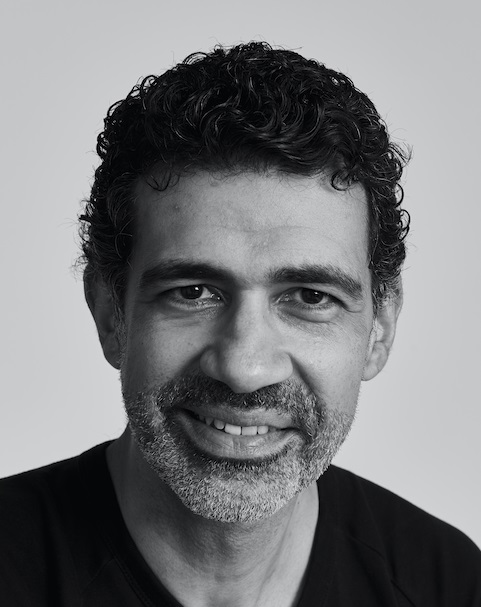7th July 2023
The inside scoop from a Cannes Lions jury member

Following our success at Cannes Lions 2023 we have the inside scoop from Mindshare Turkey's CEO, Ender Buruk, who served as a shortlisting judge for Media Lions.
He reflects on some of the themes and trends that emerged from the jury room and shares a few of his favourite campaigns from this year’s festival.
For a number of weeks in June, I was immersed in the Cannes Lions judging experiencing looking at some of the best creative work in our industry.
This year, Cannes introduced some important changes to the Media Lions. The ‘Excellence in Media Craft’ category awarded media agencies for work that exhibited ingenuity and outstanding craftsmanship in harnessing media to deliver a brand message, change behaviour or engage consumers at scale. It’s a ‘media agency only’ set of awards that includes categories on Media Insights & Strategy, Media Planning, Media Execution as well as two new areas - Channel Integration and Data & Analytics. It is recognition that the role of the media agency is changing. The definition of creativity is changing. And that media has never been more central to a clients’ business success.
There has been a lot of conversation around the trends and themes that have since emerged from the festival, along with the work that competed for a prestigious Cannes Lions award.
One dominant trend was the rise of artificial intelligence (AI) and its role as a creative partner. Advances in AI reshaped the advertising landscape and became increasingly prevalent in campaigns I reviewed. I was particularly fascinated by examples such as IBM and The Masters Tournament's creation of an AI Golf commentator, capable of providing commentary on over 21,000 shots compared to just 400 comments made by humans. Additionally, AI was used to create contemporary Gen Z versions of classical composers like Mozart, Debussy, and Tchaikovsky, even putting them on Tinder to attract a younger audience to classical music.
The strategic use of media during major sporting events, such as the World Cup, also caught my attention. Advertisers demonstrated remarkable creativity in engaging global audiences without extravagant budgets. One outstanding example was Sprite’s Yellow Cards campaign. Through the use of AI, alerts in the form of yellow cards would appear on device screens whenever a yellow card was issued during the 2022 World Cup, allowing fans to redeem them for ice-cold Sprites both online and offline. This campaign is also a great example of how commerce and experience intersect even more for consumers.
Responsible investment is helping to make advertising work better for people and is changing the way people think about the role of media and advertising in society. This year, several cases highlighted how media can effect positive change in society and in doing so help brands build authentic communities. By addressing critical issues and influencing institutions, media can drive social progress and reshape public perception, ultimately leading to positive outcomes. Tyson Foods Impact Index is great example of this type of work, demonstrating a commitment to credible and socially responsible journalism in its advertising while also addressing the social impact of editorial content on minority communities.
The approach to creativity is evolving, and I was intrigued by the unconventional and daring approaches taken by advertisers. This out-of-the-box thinking helped advertisers tackle challenges with unique solutions. The use of non-media as media in these cases creatively addressed problems while driving fantastic results. FitChix, a campaign for Honest Eggs Co., developed new tech to show people just how free and healthy Honest Eggs Co. chickens are. Warner Bros used doorbells to announce the release of their new Batman movie. In China, Corona supported farmers in growing quality limes and used these limes as media for the beer. And in the USA, Applebee's, the largest casual dining restaurant chain, developed lip-glosses with the taste of their sauces, turning lips into media.
Throughout the shortlisting process, simplicity emerged as a winning factor. Among the 300 campaigns I reviewed, the ones that stood out were simple and bold in their execution. Uber Eats made a significant impact by hijacking an entire ad break during a Sunday night movie on France's biggest TV channel, TF1. By reaching an agreement with all the brands in that break, Uber Eats notifications appeared on the screen alongside ads for various brands.
Judging was an invaluable experience that provided me with a taste of the trends and themes that are driving our industry. Whether it be the rise of AI and its role as a creative partner, unconventional and disruptive creative thinking, or more authentic brand building with communities, this year’s festival and winning work showcased ground-breaking campaigns that will continue to shape the future of the industry.